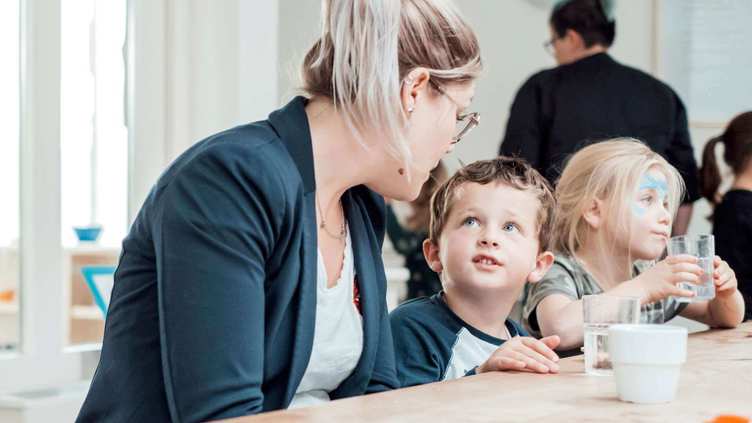As children’s needs differ per age phase, all our after-school care offers different age groups, enabling us take into account the differences in the children’s development, interest, and age. We offer three age groups and also always focus on each and every child’s individual needs as well.
Different levels for each age
We take your child’s individual needs into account at our after-school care locations.’ Your child can choose how to structure their own free time and the program is tailored to each new developmental phase. If children from different age groups participate in activities or projects, we adapt the level of the activity.
For instance, children aged four to six will have a different task in a carpentry project than children of seven years and older. Children aged seven years and older can use tools to build wooden huts, and the children aged from four to six years can paint them. Children aged between four and six years also do basic tasks when cooking, such as chopping ingredients, kneading, and mixing when baking bread, or making smoothies or soup, for instance. Children aged seven and older prepare more difficult dishes such as loempias, wraps with dips, and sushi.



